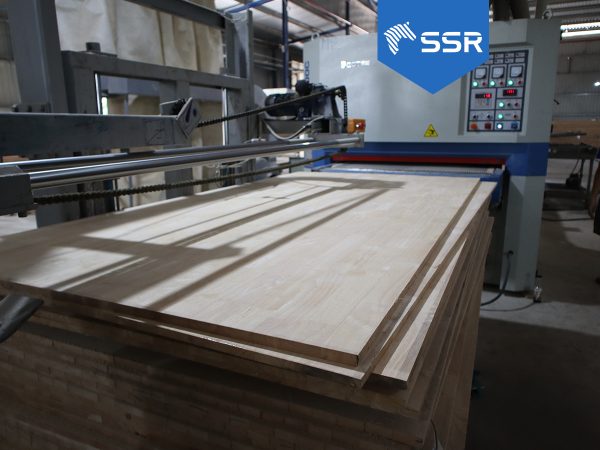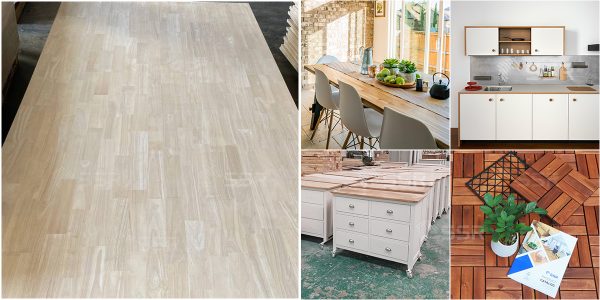1. Eucalyptus general information
Eucalyptus is known as one of the tallest plant species on earth with more than 700 different species. Trees are native to Australia, and their habitats are mainly in tropical and subtropical regions of the region. However, today we can come across eucalyptus all over the world, the Americas, Europe, Africa, the Mediterranean region, the Middle East, China, the Indian peninsula and even in Vietnam.
This species varies in size and shape from shrub to tall tree up to 60 meters. Trees usually have a single main stem or trunk but many eucalypts are mallees that are multistemmed from ground level and rarely taller than 10 meters.
All genera in this species add a new layer of bark every year and the outermost layer will peel off in large slabs, in ribbons or in small flakes. The natural tree life cycle can be more than 250 years in the wild. Industrial plantations can be harvested after 6 to 8 years.
2. Eucalyptus specification
Eucalyptus wood is very strong, high density, their harness even higher than white oak. Sapwood is pale cream color and the heartwood is red to reddish-brown.

Lumber is easy to process with hand tools or by machine. However, eucalyptus humidity is not stable when changing the environment. Like other natural wood, eucalyptus wood needs to be chemical impregnated, kiln-dry, as well as wood finishing before being used. Besides, after kiln-dry, it tends to shrink and warp. Therefore, it is advisable to carefully pack eucalyptus before shipping.
3. Eucalyptus application
Eucalyptus wood is widely used in many fields, from construction to furniture. Because eucalyptus wood is hard, it is difficult to bend. So they are often used for flat furniture such as tabletops, countertops.
This wood has many uses which have made them economically important trees. Because they are fast-growing and have valuable timber, or can be used for pulpwood, for honey production or essential oils.
Related News
Pros and cons of rubberwood finger joint board for kitchen
Rubberwood finger joint board is considered a type of product which is a matching material for kitchen countertops. In fact, they are less costly than other materials such as natural stone (granite), engineered stone (quartz), or other textures with a solid surface. The above rubberwood panel would cost nearly (price), less expensive than a solid […]
How To Choose Quality Finger Jointed Boards Which Meet Your Needs
How to recognize quality finger jointed boards in a market that has many suppliers and its quality. How to recognize quality wooden boards in a market in which the suppliers have much various qualities. Each supplier will provide their customer with different standards. Therefore, let’s take a look at a standard of our product qualities, […]
Top International Wood Products Supplier in Vietnam
SSR VINA was established in 2009, based on the development of multinational production in the field of import and export. We gradually specialize in manufacturing and supplying high-quality wood board products to meet the best requirements for customers. Currently, we are International Wood Products Supplier in Vietnam. 1. A guide to development SSR has set […]










